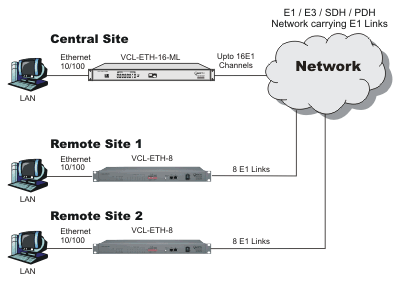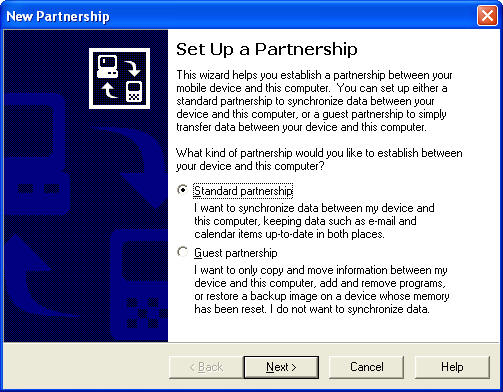Ppp Over Serial Port Windows Xp
Hack #48. Accept a PPP Connection from TiVo on Your PC Just getting the TiVo to run PPP over its serial port is not quite enough—you need your PC to accept the call and route it to the Internet. PPP requires two computers for the communication to work, hence the Point-to-Point moniker. We've already set TiVo up as the initiating end. Now we need to get the PC to answer the call, as it were, on the receiving end and route data between TiVo and the Internet. Assuming you already have a PC with Internet access over some sort of broadband connection (cable modem, DSL, dedicated connection, etc.), and that computer has a free serial port, you're just about there. All that's left is a little configuration.
Tip These instructions are close, but not identical, to those necessary for Windows 2000. Reading through these Windows XP instructions should provide enough insight into how it's done to extrapolate to Windows 2000. Just hooking the two machines—your TiVo and PC—together doesn't magically set up a PPP connection between the two. Sergio Mendes And Brasil 66 Look Around Rar Software. The base question is, how are these two computers going to know when to start talking to each other? Windows egotistically assumes that anybody connecting to it is going to say CLIENT over the serial line to get its attention.
TiVo has no intention of doing so, instead preferring to send a ~ (tilde) to announce itself. One of the two is going to have to alter its expectations, and Windows is the pushover, so we'll make the appropriate adjustments there.


Receiver via Ethernet or PPP >Establishing a PPP connection under Windows XP. Establishing a PPP connection under Windows XP. Serial port has a serial cable. Download the latest drivers for your Harris PPP Serial Port (COM7) to keep your Computer up-to-date.
Launch Notepad, the simple Windows text editor, and open c: windows inf mdmhayers.inf for editing. Figure 4-1. The Add Hardware Wizard asking whether or not it should detect your modem Since we're not actually using a modem, check the 'Don't detect my modem; I will select it from a list' checkbox and click the Next button to move on. Your computer should chug away awhile as it compiles a list of modems from which to make your selection. When it's good and ready, the wizard will show you a list of all the modems it knows (see ). Under Manufacturer, select 'Standard Modem Types,' and select 'Communications cable between two computers'—that's our null modem connection—under Models. Figure 4-3. Making sure that you have the right COM port setup The Wizard's only capable of taking care of the broad strokes; you still need to tweak and fine-tune the connection a little.
Back at Phone and Modem Options, select the new 'Communications cable between two computers' connection the Wizard created and click Properties to get to all its fine-tuning knobs. Select the Modem (see ) tab, where you'll need to make sure that the Maximum Port Speed matches the baud rate at which TiVo is set to talk, then click OK. Figure 4-4. Confirming the connection's baud rate The modem is now set up, so you can go ahead and click the OK button back at Phone and Modem Options. With the physical connection configured, you'll now create a network connection. From the Control Panel, select Network Connections.
Up comes the Network Connections window, shown in. Anahola Taro Patch Kauai. In the Network Tasks box in the left column, click 'Create a new connection' to bring up the New Connection Wizard. Click Next to begin creating a new network connection. Figure 4-5. Network Connections, listing all the valid network interfaces currently configured When asked what type of network connection you want, select 'Set up an advanced connection.'
If you read the small print, you'll see you're offered a direct connection via a serial port, which is precisely what you're trying to do. Select the option and click Next. A dialog box asks what kind of connection you want—whether the PC is going to be receiving or sending data. Since TiVo is going to want to make an outgoing connection when it needs to make its daily call, select 'Accept incoming connections' and click Next. When asked to choose Devices for Incoming Connections (), check the 'Communications cable between two computers' box. That's the 'modem' you just configured.